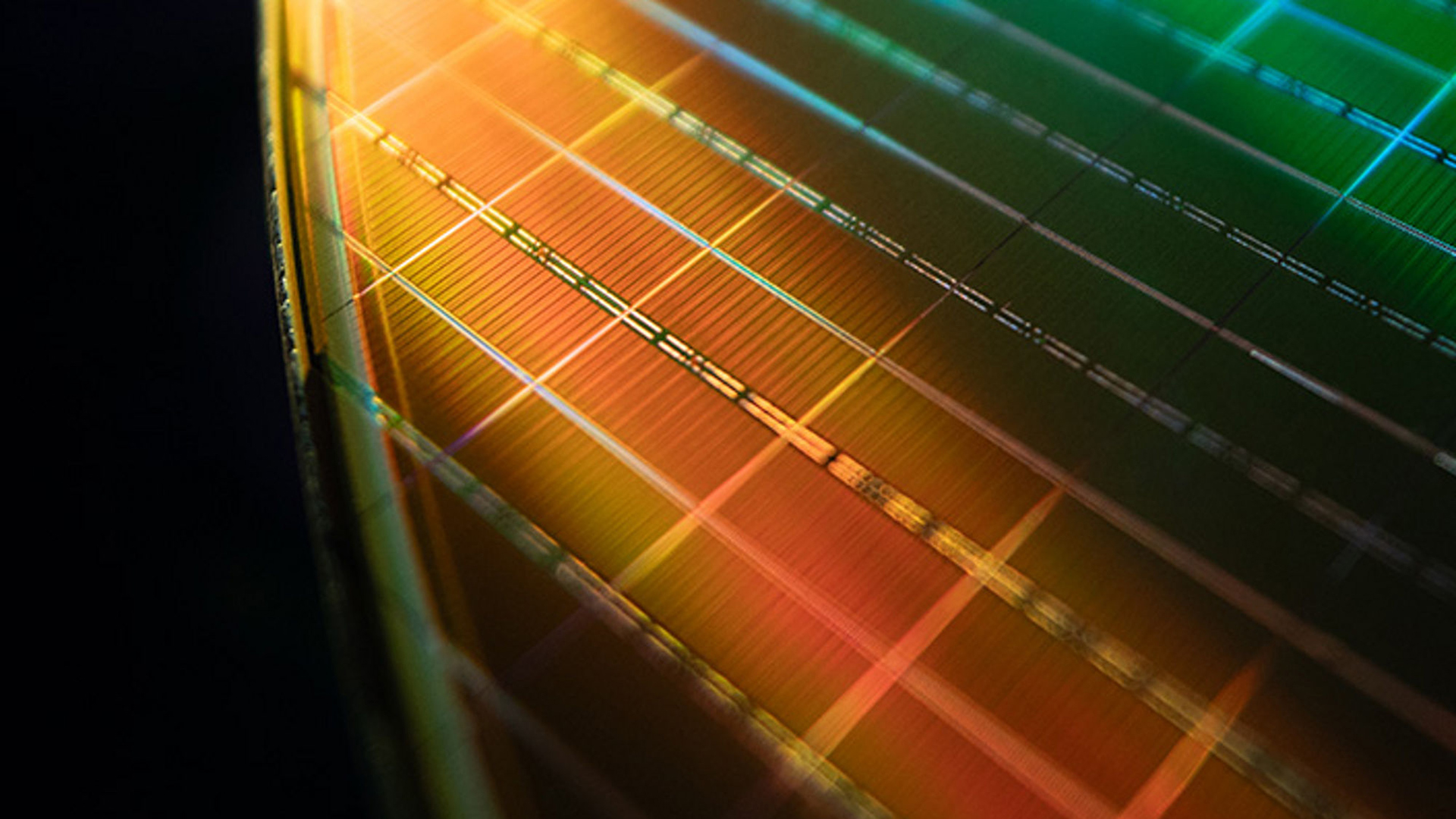New 'DRAM+' memory designed to provide DRAM performance with SSD-like storage capabilities, uses FeRAM tech
Hafnium oxide FeRAM can combine high capacity and non-volatility.

Ferroelectric Memory Co. (FMC) has joined forces with Neumonda to reestablish production of the so-called DRAM+ in Germany. It's been a while since Infineon and Qimonda developed and produced dynamic random access memory in Germany, as it became particularly unprofitable to build commodity memory in Europe. However, the new FMC and Neumonda venture will focus on non-volatile FeRAM aimed at specific applications.
FMC specializes in memory that uses ferroelectric hafnium oxide (HfO₂) to create DRAM+ that retains data without power. The technology replaces the typical capacitor in DRAM with a non-volatile version, keeping performance high while adding energy efficiency and data retention. FMC believes that its memory could be used for a wide range of applications, including AI, automotive, consumer, industrial, and medical.
Older FeRAM technologies (typically using lead zirconate titanate, or PZT, as the ferroelectric layer) were limited in capacity. Most commercial products topped out at a few megabytes, with 4MB or 8MB being quite common. PZT does not scale well with shrinking process nodes, and integration with standard CMOS processes is difficult and costly. As a result, cell structures like 1T1C (one transistor, one capacitor) consumed more area than DRAM or NAND.
The move to hafnium oxide is a game-changer. HfO₂ is CMOS-compatible, scales well below 10nm, and can be integrated with existing semiconductor manufacturing processes. Therefore, its usage enables higher densities and performance, potentially in the gigabit to gigabyte range, putting it closer to DRAM.
"FMC was founded to exploit the disruptive invention of the ferroelectric effect of HfO2 for semiconductor memories. Applied to a DRAM, it turns the DRAM capacitor into a low power, nonvolatile storage device while maintaining the high DRAM performance to produce a disruptive nonvolatile DRAM memory ideal for AI compute," explained Thomas Rueckes, CEO of FMC. "Since our technology is unique in the market, cost-effective testing of our memory products is of great importance for our product offerings. With Neumonda and its radically new approach to testing, we have found a partner that can help us speed up the development of our products. We also are excited to work with Neumonda as we share the common vision to bring Memory back to Europe."
Neumonda will support FMC by consulting and providing access to its advanced test systems: Rhinoe, Octopus, and Raptor. These platforms are designed for low-cost, energy-efficient, and independent memory testing. Neumonda’s systems offer detailed analysis that is not possible with traditional equipment and operate at significantly lower cost.
Together, the two companies are advancing a new memory product and also laying the groundwork for a broader revival of European semiconductor capabilities. Their combined efforts aim to rebuild a local ecosystem for advanced memory design and testing.
Get Tom's Hardware's best news and in-depth reviews, straight to your inbox.
"As our test platforms are maturing, FMC’s products are an ideal test ground to prove the capabilities of our Rhinoe, Octopus, and Raptor testers, as well as the high-quality yield they enable," explained Peter Poechmueller, CEO of Neumonda. "One of my personal goals behind founding Neumonda was to bring semiconductor memory back to Europe. With this collaboration, we take a big step closer to establishing a new German memory manufacturer."

Anton Shilov is a contributing writer at Tom’s Hardware. Over the past couple of decades, he has covered everything from CPUs and GPUs to supercomputers and from modern process technologies and latest fab tools to high-tech industry trends.
-
A Stoner Germany does not create much power any more. I sure hope the process of manufacturing does not need much electricity.Reply -
Hooda Thunkett https://media0.giphy.com/media/WRRIEjIXvWFUlOIFi0/giphy_s.gif?cid=6c09b952to1os0m5r01n95b6x9sny8ceqbapx85y7ivrvfck&ep=v1_gifs_search&rid=giphy_s.gif&ct=gI'm sure we all feel like we've seen this news before. Names change, claims don't.Reply -
usertests Reply
Let them cook (us up some universal memory).Hooda Thunkett said:I'm sure we all feel like we've seen this news before. Names change, claims don't. -
joeer77 I've been working with HfO2 for 21 years. I've never heard of a ferroelectric effect for HfO2. It is a high-k insulator used for gate oxide (insulator) or as a capacitor dielectric.Reply -
m3city Goodram makes ssd, ddr, usb drives. That is actually the last factory in europe/poland og such kind.Reply -
3en88 Since it's German, if their claims hold true, one should expect atrocious quality and exorbitant prices from their products despite massive public funding and subsidies on every level, local, federal and EU.Reply -
JRStern Doesn't "ferro" mean iron?Reply
SMH
Yes I see the term is already established as meaning roughly "magnetic like iron", like ferrite cores. -
bit_user So, is it susceptible to external magnetic interference? Does that mean the chips would need to be encased in a steel enclosure, like HDDs?Reply -
kerberos_20 Reply
https://www.nature.com/articles/s41524-024-01352-0joeer77 said:I've been working with HfO2 for 21 years. I've never heard of a ferroelectric effect for HfO2. It is a high-k insulator used for gate oxide (insulator) or as a capacitor dielectric. -
rdgordon How is this different (in function) from Optane pmem? Something released almost a decade ago, before discontinuation due to a lack of interest?Reply